Why do some animals live longer than we do? Or less?
The length of life varies, not only for us but also for animals. The world record for human lifespan is held by Jeanne Calment, who died on August 4, 1997 in Arles (Bouches-du-Rhône) at the age of 122 years, 5 months and 14 days. But not everyone on the planet lives to 122.
Simon Galas, University of Montpellier and Myriam Richaud, University of Montpellier
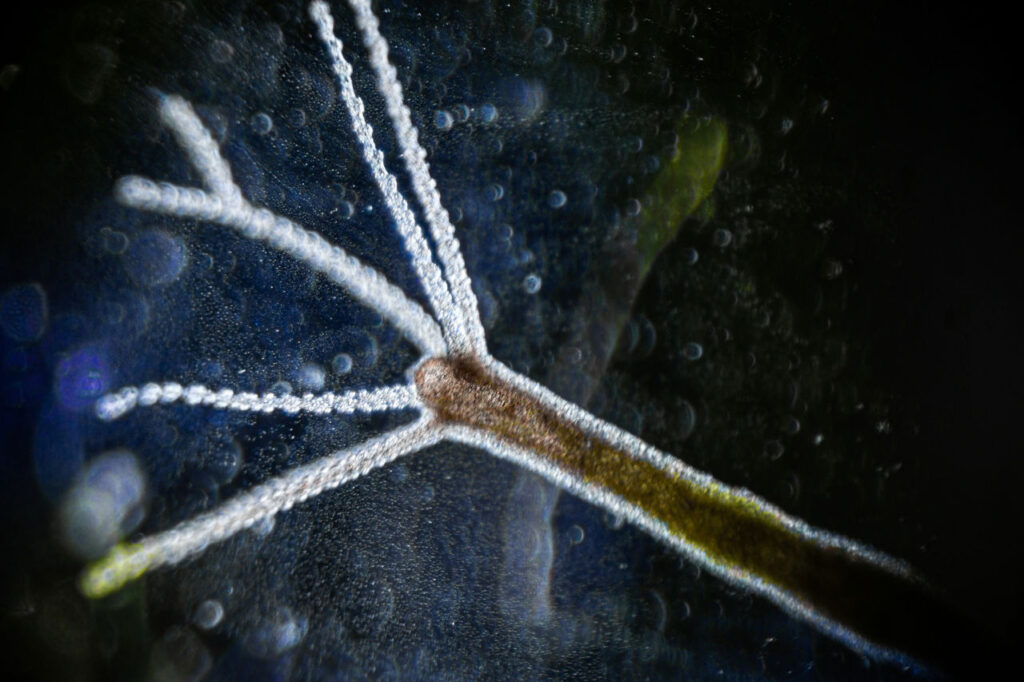
As early as 1982, by studying a small 1 mm long worm Caenorhabditis elegansscientists were able to measure that genes were responsible for 20-50% of the determination of longevity. Later, it was observed that a person's lifespan is controlled for around a third by the genes inherited from his or her parents. In France, life expectancy is currently 85 years for women and 79 years for men.
But life spans are also variable for animals that manage to break records. Their lifespan may be even more elastic than ours, as when we compare the lifespan of a mouse (4 years) with that of a bat (24 years), even though they are not very different. A small 2 mm-long worm (Strongyloides ratti manages to do even better. Its lifespan is 5 days when it lives in clods of earth, but 403 days when it parasitizes small mammals. A very, very flexible rubber band!
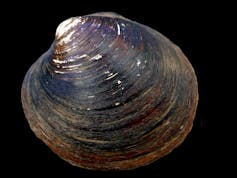
But it gets even better. In 1868, an oceanographic expedition around Iceland captured a shellfish, a clam(Arctia islandica), whose age was determined in 2005 to be up to 374 years, and recently 507 years in other individuals.
An 11,000-year-old animal!
At the bottom of the sea again, the glass sponge(Monoraphis chuni) was discovered in 1996 at a depth of 1,110 metres in the South China Sea, south of Japan. This sponge produces a kind of fiberglass rod (silica) that enabled researchers to determine, in 1986, that it was 11,000 years old!
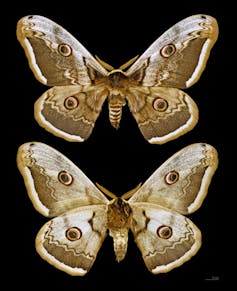
So there are animals that can live much longer than we do, and from these two examples, we can see that they are often marine animals. But there are also animals that live for very short periods of time, such as mayflies, which fly for just a few days, or the great peacock moth, which lives for no more than a week. These two insects share a curiosity: they have no feeding apparatus and are therefore programmed to live for very short periods of time.
Some animals are also known for their ability to rejuvenate and live, perhaps, even longer. Such is the case of the tiny 5 mm marine jellyfish Turritopsis which is capable of rejuvenating every cell in its body and becoming a baby jellyfish again at will, while the freshwater Hydravulgaris is capable of renewing every cell in its body. In this animal, it has been impossible to observe the end of its normal life.
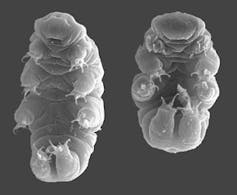
In some cases, animals can be revived after a very long period of inactivity, during which they shut down all their vital functions and sometimes become totally dehydrated, as in the case of tardigrades collected in Antarctica and revived after a 30-year sleep, or small nematode worms hidden in squirrel holes under the frozen ground of Siberia and revived after 42,000 years.
As you can see, some animals can live a very short time compared to us, while others live much longer. Scientists are studying these animals to try and understand how they function and what controls their lifespan.
How can this variability in life expectancy be explained?
Several explanations have been put forward to account for these vast differences in life spans. Scientists believe that some animals, such as shellfish and glass sponges, use systems to keep their cells functional for longer, without ageing, while others, such as small jellyfish and freshwater hydra, use their ability to rejuvenate their cells at will to avoid dying.
And what about us? Well, there is some good news. Although we can't rejuvenate ourselves at will like some animals, scientists have discovered that we do it every time we have a baby.
To produce our reproductive cells (eggs and sperm), our organisms have found a way to force some of our body's cells to become very, very young again. It is from these cells (germ cells) that a woman will produce oocytes and a man spermatozoa that will no longer be their age, but much younger. It's like going back in time, as the jellyfish and the hydra do, but in our case it only takes place at the moment of reproduction, and this is what allows us to have babies who are not their parents' age at birth, but simply their age instead.
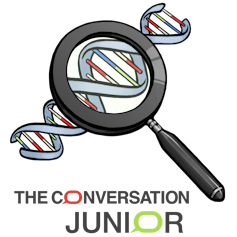
If you have a question too, ask your parents to send an email to: tcjunior@theconversation.fr. We will find a scientist to answer you.
Simon Galas, Professor of Genetics and Molecular Biology of Aging, IBMM CNRS UMR 5247 - Faculty of Pharmacy, University of Montpellier and Myriam Richaud, Doctor in Genetics and Molecular Biology of Aging, Faculty of Pharmacy, University of Montpellier
This article is republished from The Conversation under a Creative Commons license. Read theoriginal article.